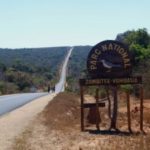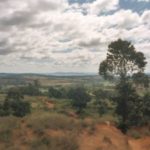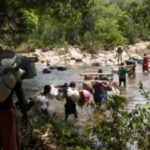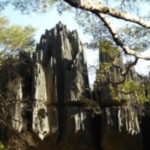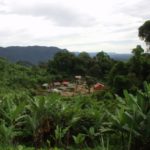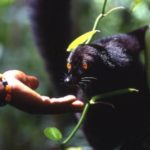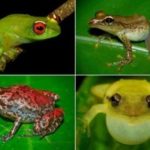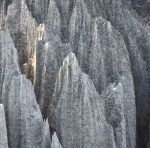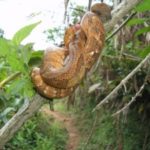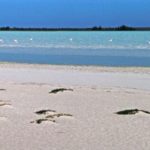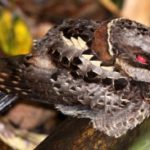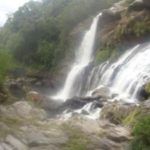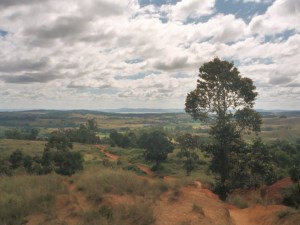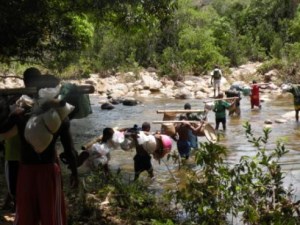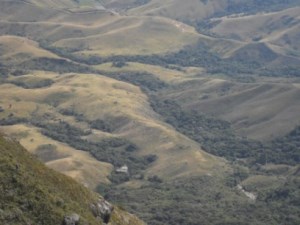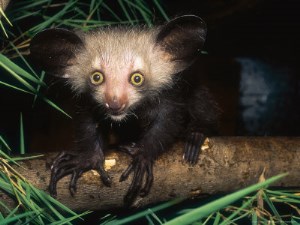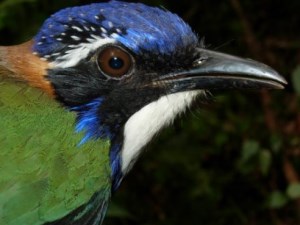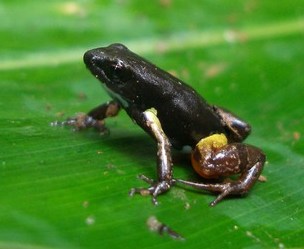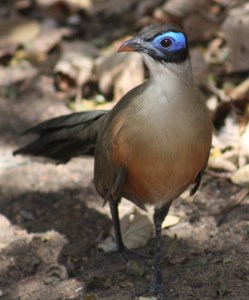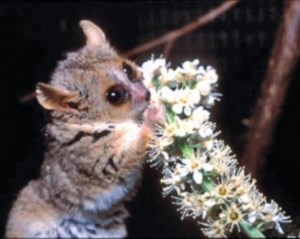Tampoketsa-Analamaintso
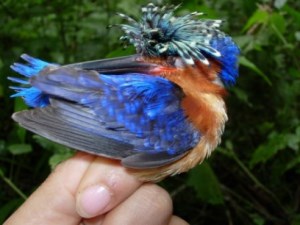
In the northern part of the island of Madagascar, more precisely in the province of Mahajanga, the Tampoketsa-Analamaintso Special Reserve is located on an area of 180 square kilometers. This nature reserve was established in the year 1958 and Focuses primarily on the protection of the transitional forest growing there. The vegetation in the Tampoketsa-Analamaintso Reserve is particularly varied: in the east of the area there are humid rainforests, while in the western part rather dry deciduous forests predominate. In addition, there are also areas in which low mountain tropical forests, wetlands along rivers, and also open savannahs are to be found.
The seasons in Tampoketsa-Analamaintso Reserve differ significantly and there is a rainy season as well as a dry season. The Rainy season lasts from November to March and makes it difficult for you as a traveler to access the reserve. We therefore recommend a visit to the Tampoketsa-Analamaintso Reserve especially in the somewhat cooler months of the Dry season, which lasts from April to October. Even though the roads are a little easier to drive on during the dry months, unfortunately this does not mean that getting to the park will be a pleasant part of your trip. On the contrary, there is hardly any tourist infrastructure the roads are below average and very difficult to drive on. This is also the reason why tourists rarely stray into the Tampoketsa-Analamaintso Reserve. Therefore, there is not even a local office on site. Therefore, before going to the reserve, we strongly advise you to to visit one of the large offices of Madagarscar National Parcs. One of these offices is also located in Antananarivo. There you can get detailed information about a possible visit.
If you do decide to pay a visit to the Tampoketsa-Analamaintso Reserve, you will be rewarded in every way. Around 85 percent of all plants and trees, which can be found in this protected zone, prove to be endemic. In addition, with a little luck you can observe the cute mouse macaws or catch a glimpse of the larger dwarf lemurs. For this purpose, your eye will be presented with a total of up to fifty different species of birds present, of which also a good half is endemic. Among the birds you can observe in this park is also the Sacred Ibis. Various spiders but also reptiles are also well found in Tampoketsa-Analamaintso Reserve and can, for example, add to your photographic collection of sights and highlights of your Journey through Madagascar immensely enriched. Like numerous other protected and forest areas in Madagascar, the Tampoketsa-Analamaintso Reserve is subject to increasing external pressure. The nearby settlements of the ethnic Ethnic groups of the Tsimihety, the Betsileo and the Merina currently only survive if they make use of the forest's resources in their own way. This means, first and foremost, that at this forest Predatory exploitation is needed to feed zebu cattle and to cultivate rice fields and vegetable plots. Since the population in this part of the country is particularly isolated and poor, it requires long-term and comprehensive measures, in order to be able to offer people alternatives.
The Nature Conservation in Madagascar unfortunately does not yet go far enough in most areas. As can be easily seen, most of the special reserves on the island that serve active nature conservation were established in the 1950s and 1960s. Unfortunately, just because the respective areas are now under special protection does not mean that they are really out of the danger zone. Unfortunately, the opposite is often the case. With a Visit to the special reserves however, you can help to Preserve protected zones and support you with your financial help. If the local population on site benefits from tourism, they will Slash and burn and worse practices disappear more and more in the future and the original vegetation on Madagascar would get a chance to recover. If you would like to be a part of this desirable transformation and are interested in a Visit to one of the special reserves in Madagascar please feel free to contact us. We will not only provide you with all the important information, but will also be happy to help you plan your individual Madagascar vacation.

